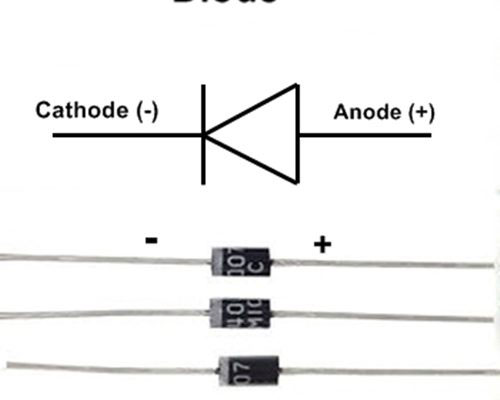Metal Oxide Semiconductor Field-Impact Semiconductors
Metal oxide semiconductor field-impact semiconductors (MOSFETs) are unimaginably well known semiconductors that here and there look like JFETs. For example, when a little voltage is applied at its entryway lead, the ongoing course through its channel source channel is modified. In any case, not at all like JFETS, MOSFETs have bigger entryway lead input impedances (≥1014 Ω, as contrasted and 109 Ω for JFETs), and that implies that they draw practically no door current at all. This expanded information impedance is made conceivable by putting a metal oxide separator between the door channel/source channels. There is a cost to pay for this expanded measure of information impedance, which adds up to an exceptionally low entryway to channel capacitance (a couple of pF), through the door and obliterate the MOSFET. Some MOSFETs are planned with shields against this breakdown-however not all. Both upgrade type and exhaustion type MOSFETs come in either n-channel or p-channel structures.
 MOSFETs are maybe the most famous semiconductors utilized today; they draw almost no info current, are not difficult to make (require not many fixings), can be made minuscule, and consume next to no power. As far as applications, MOSFETs are utilized in ultrahigh input impedance enhancer circuits, voltage-controlled resistor circuits, exchanging circuits, and found with huge scope coordinated advanced ICs. Like JFETs, MOSFETs have little Tran’s conductance values when contrasted and bipolar semiconductors.
MOSFETs are maybe the most famous semiconductors utilized today; they draw almost no info current, are not difficult to make (require not many fixings), can be made minuscule, and consume next to no power. As far as applications, MOSFETs are utilized in ultrahigh input impedance enhancer circuits, voltage-controlled resistor circuits, exchanging circuits, and found with huge scope coordinated advanced ICs. Like JFETs, MOSFETs have little Tran’s conductance values when contrasted and bipolar semiconductors.
- OHMIC Locale MOSFET is simply starting to stand up to. Around here, the MOSFET acts like a resistor.
- Dynamic Area MOSFET is generally unequivocally affected by door source voltage (VGS) yet scarcely at all impacted by channel source voltage (VDS).
- CUTOFF VOLTAGE (VGS, off) frequently alluded to as the squeeze off voltage (VP). Addresses the specific entryway source voltage that makes the MOSFET block most all channel source current stream.
- BREAKDOWN VOLTAGE (BVDS) The channel source voltage (VDS) that makes current get through MOSFET’s resistive channel.
- Channel CURRENT FOR ZERO Predisposition (IDSS) addresses the channel current when door source voltage is zero volts (or when entryway is shorted to source).
- TRANSCONDUCTANCE (gm.) addresses the pace of progress in the channel current with change in entryway source voltage when channel source voltage is fixed for a specific VDS. It is undifferentiated from the Trans conductance (I/Rtr) for bipolar Semiconductors.
MOSFETs might accompany a fourth lead, called the body terminal. This terminal structures, a photodiode array detector intersection with the source channel. It should be held at a non-directing voltage say, to the source or to a point in a circuit that is more negative than the source (n-channel gadgets) or more sure than the source (p-channel devices). an unexpected voltage in comparison to that of the source, the impact moves the edge voltage VGS, the by a sum equivalent to 1⁄2VBS 1/2 toward the path that will in general diminish channel current for a given VGS. A few occasions while moving the edge voltage becomes significant are when spillage impacts, capacitance impacts, and sign polarities should be offset.